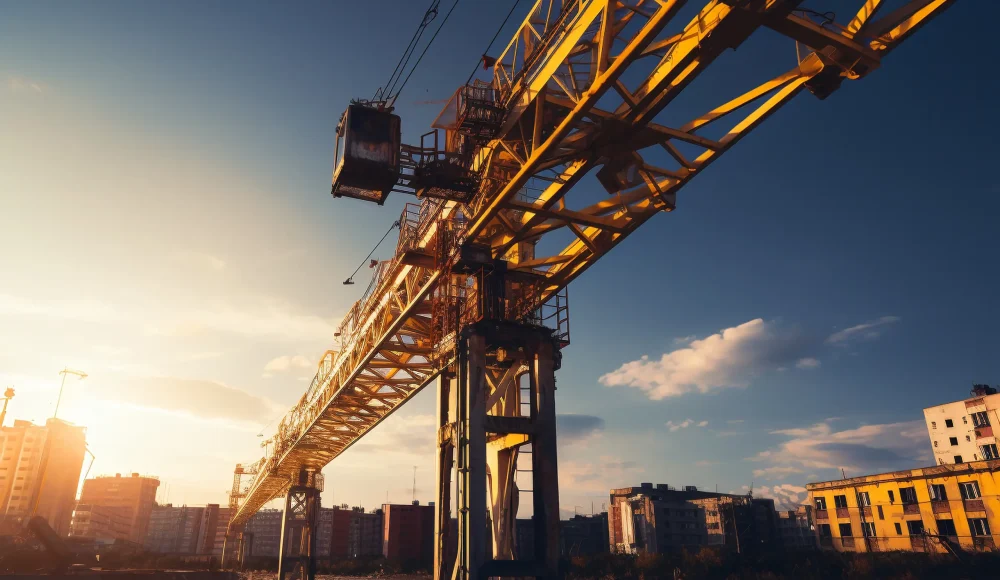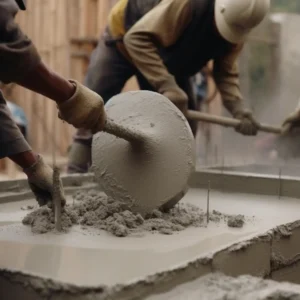Industrial energy conservation and resource conservation are what energy-saving product developers pursue. In the energy-saving process of industrial heating kilns, in addition to heat source modification, sintering process modification, combustion process modification and heating kiln structural modification, the performance of refractory materials used in heating kilns and kiln furniture refractory materials has an important impact on the performance of industrial heating kilns. The energy-saving effect has a decisive influence. Industrial refractory insulation materials include refractory fibers, refractory castables, refractory high-temperature insulation coatings, lightweight refractory bricks, A1302 hollow ball bricks and magnesia bricks, etc. Several heating kiln lining refractory insulation insulation materials Thermal materials. The heat consumption in industrial heating kilns can basically be broken down into the heat absorbed by the product, the heat absorbed by the kiln furniture, the heat taken away by the flue gas, the heat absorbed by the kiln wall and kiln car, and the heat lost by the kiln body. Only the heat absorbed by the product is effective energy. my country’s energy utilization rate is low. The thermal efficiency of industrial heating kilns averages 30%, of which forging heating kilns are 5% to 20%, heat treatment heating kilns are 8% to 25%, continuous heating kilns and tunnel kilns are The thermal efficiency is slightly higher, only 30% to 55%, which is far behind the average thermal efficiency of international industrial heating kilns, which is more than 50%.
In order to cope with the severe challenges of the energy situation, energy saving and consumption reduction of industrial heating kilns is an inevitable trend of development. The energy saving of industrial heating kilns is closely related to the technical development of kiln lining refractory materials and the technical design and construction of heating kilns. The energy-saving effect of kiln lining refractory materials in industrial heating kilns is through the combination of a variety of kiln lining refractory materials and thermal insulation materials, and the use of refractory and thermal insulation integrated lightweight refractory materials as kiln body structural materials, so that the kiln body can reduce heat dissipation losses and The heat storage loss achieves the purpose of energy saving.



